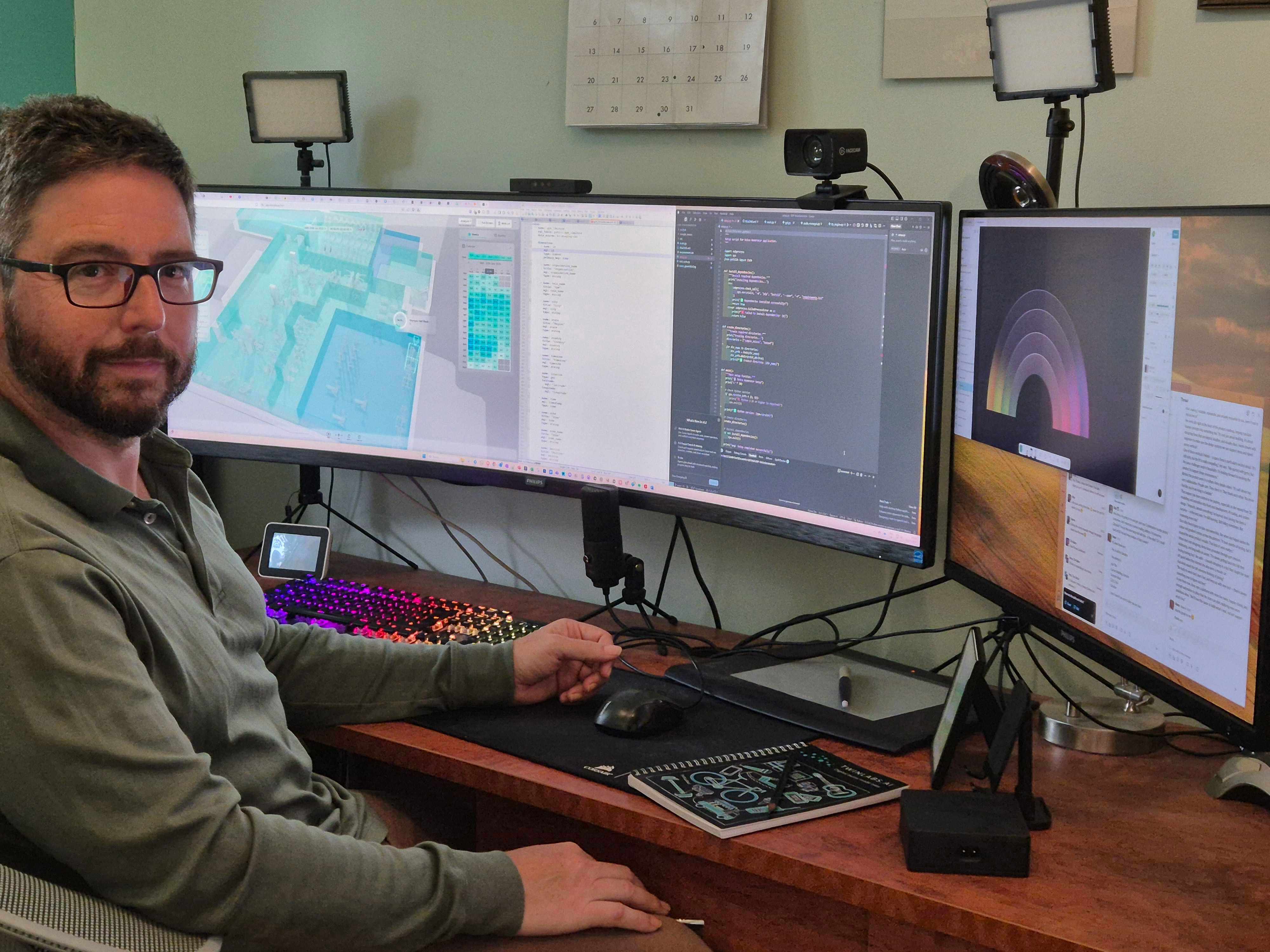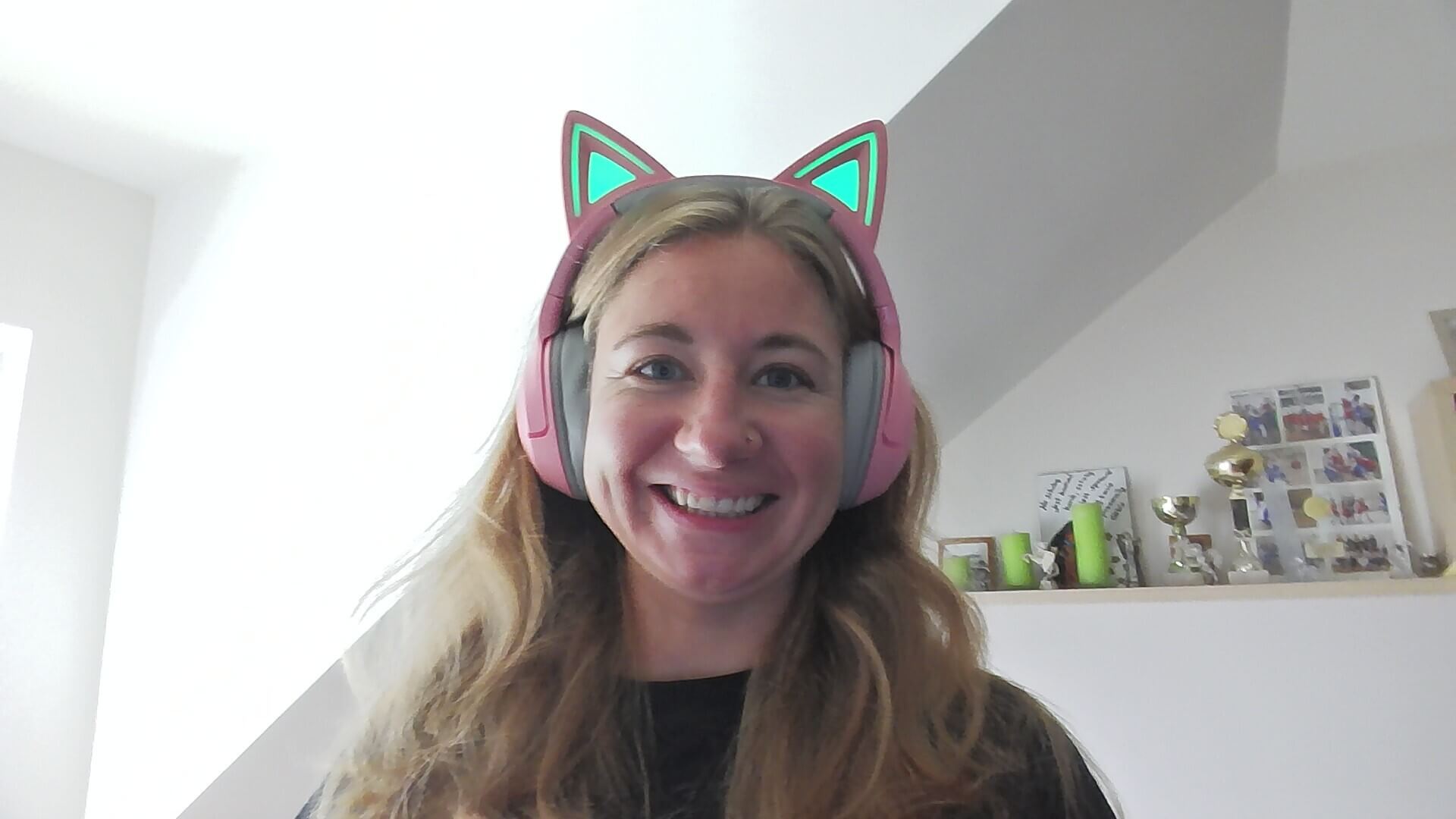Digital Twins in the wild – How different industries are using Digital Twins

This week I had the pleasure of hosting a panel discussion at the Something Digital Conference in Brisbane, Australia. Aside from enjoying Brisbane’s sunshine, I had the opportunity to meet an incredible group of people working with digital twins in completely different fields, and it was amazing to learn about how they are applying this technology to solve different problems in their worlds.
Over the last few years, our team have focussed on building digital twins for sports events and venues, including the creation of a digital Twins for the world’s biggest cycling races, the Tour de France and Tour de France Femme avec Zwift. Modelling an event with so many moving structures, vehicles, people, and connecting that with real time data from sensors and systems, provides an integrated map of everything that is happening across the race. This provides real time situational awareness, predictions, and analytics to support teams from TV broadcast, road management, security, hospitality and operations. It is a really great example of how a real time digital twins can be used, but as we learnt this week, there are plenty of others. Tim Wark from AECOM spoke to us about how they are using digital twins in the building and construction industry throughout a building’s lifecycle. From architectural models and engineering designs and assessing different design alternatives, through managing construction and supporting the build process, to building operation and management. Having a digital twin allows them to create more sustainable buildings that operate as intended and create better experiences for the people who live, work and play in those spaces.
We all increasingly rely on ubiquitous mobile connectivity, but this requires significant infrastructure to provide reliable mobile coverage. SiteSee creates digital twins of mobile cell towers, allowing the operators of those towers to better plan and manage the deployment and operation of their mobile networks. Lucio Piccoli the CEO and co-founder explained that this drives massive efficiency benefits, and reduces the time required for physical visits to the towers by enabling planning and operations tasks to be performed remotely. I had never expected to hear the words art and digital twin in the same sentence, but Sean Guy at Urban Art Projects uses digital twins to support the fabrication of large scale art installations. Sean explained that not only does having a digital model of the artwork enable them to efficiently build these complex and bespoke pieces, but by using robots, 3D printing and AR/VR it enables artists to create artworks they could never have created before! Now that is cool.
But for me, the most impactful story came from Martina Barzan from Griffith University who works with children who suffer from bone deformities. By creating digital models of the child’s bone structure, they can model alternative options for corrective surgery, create 3D printed guides for the surgeon and by doing so, reduce time in surgery, reduce recovery times and improve outcomes for their patients. Martina shared a wonderful story of a young girl whose bone condition limited her ability to play sport, and in particular enjoy her love of soccer. Using this technology, a successful surgery now means she is able to run freely and hopefully score many goals in the future.
I have only scratched the surface on each of these examples, but they certainly broadened my thinking about all the possibilities as we bring together technologies like 3D modelling, digital twins, IoT, artificial intelligence, robotics and 3D printing with smart and passionate people. Wow!







